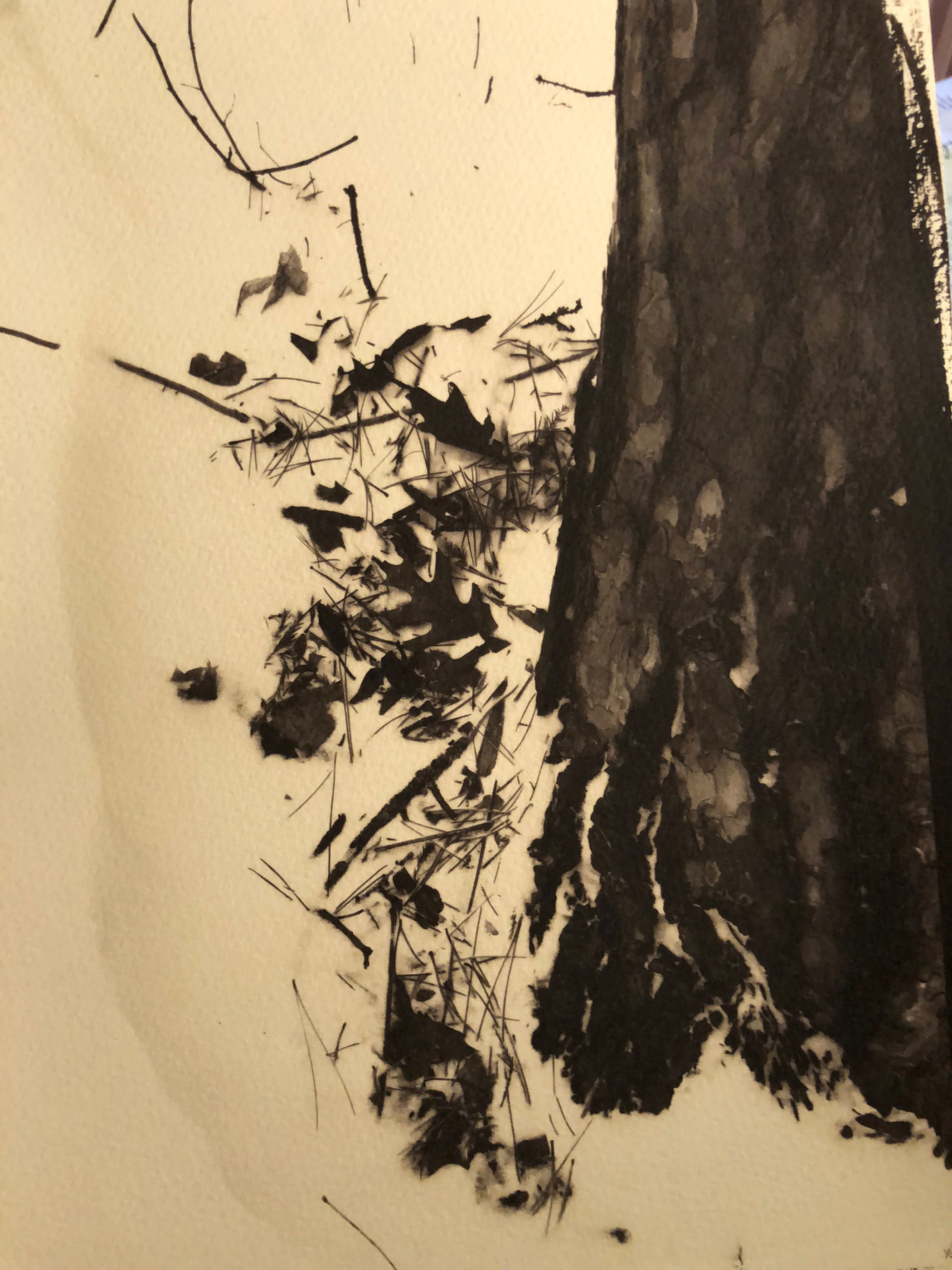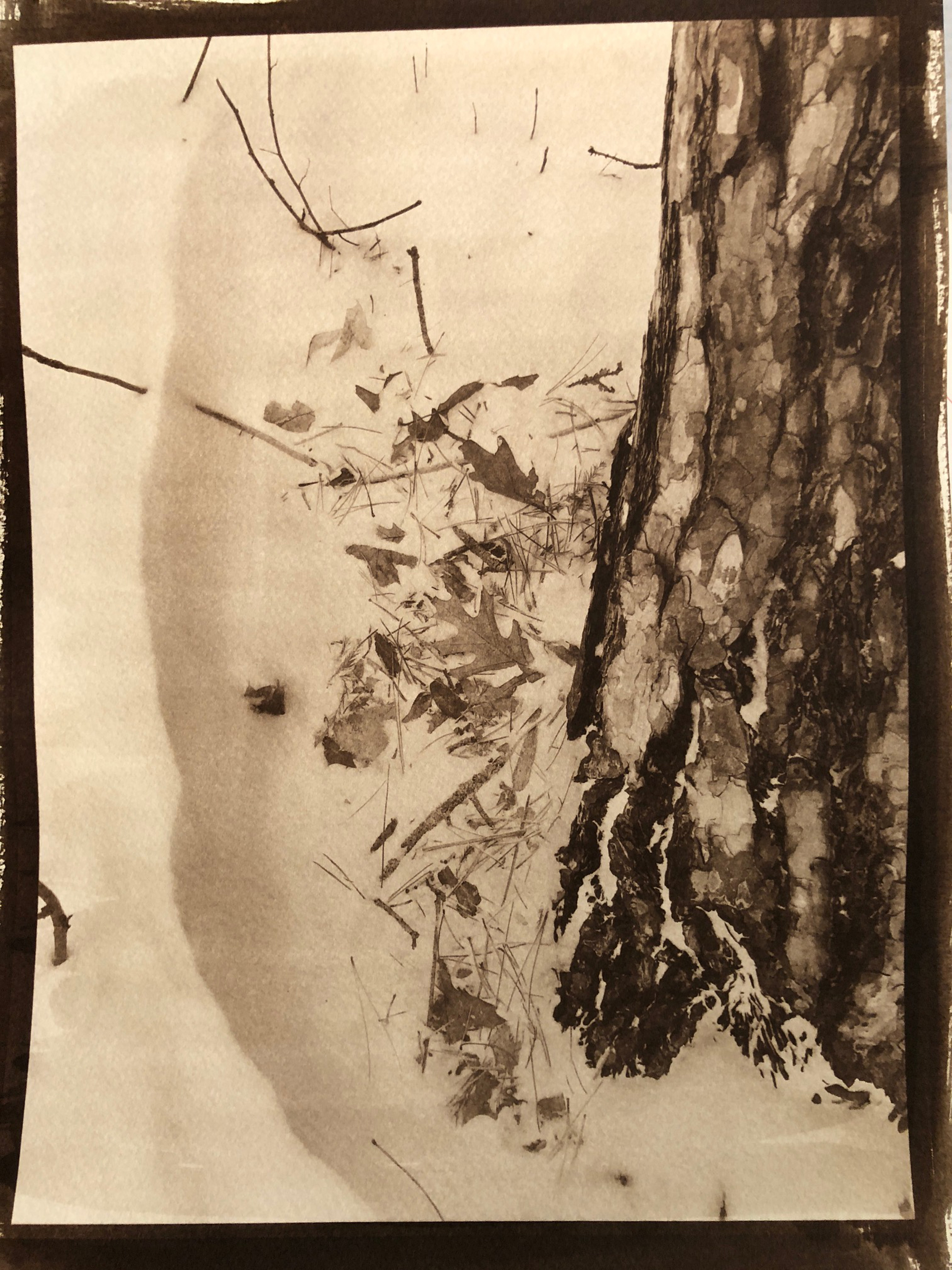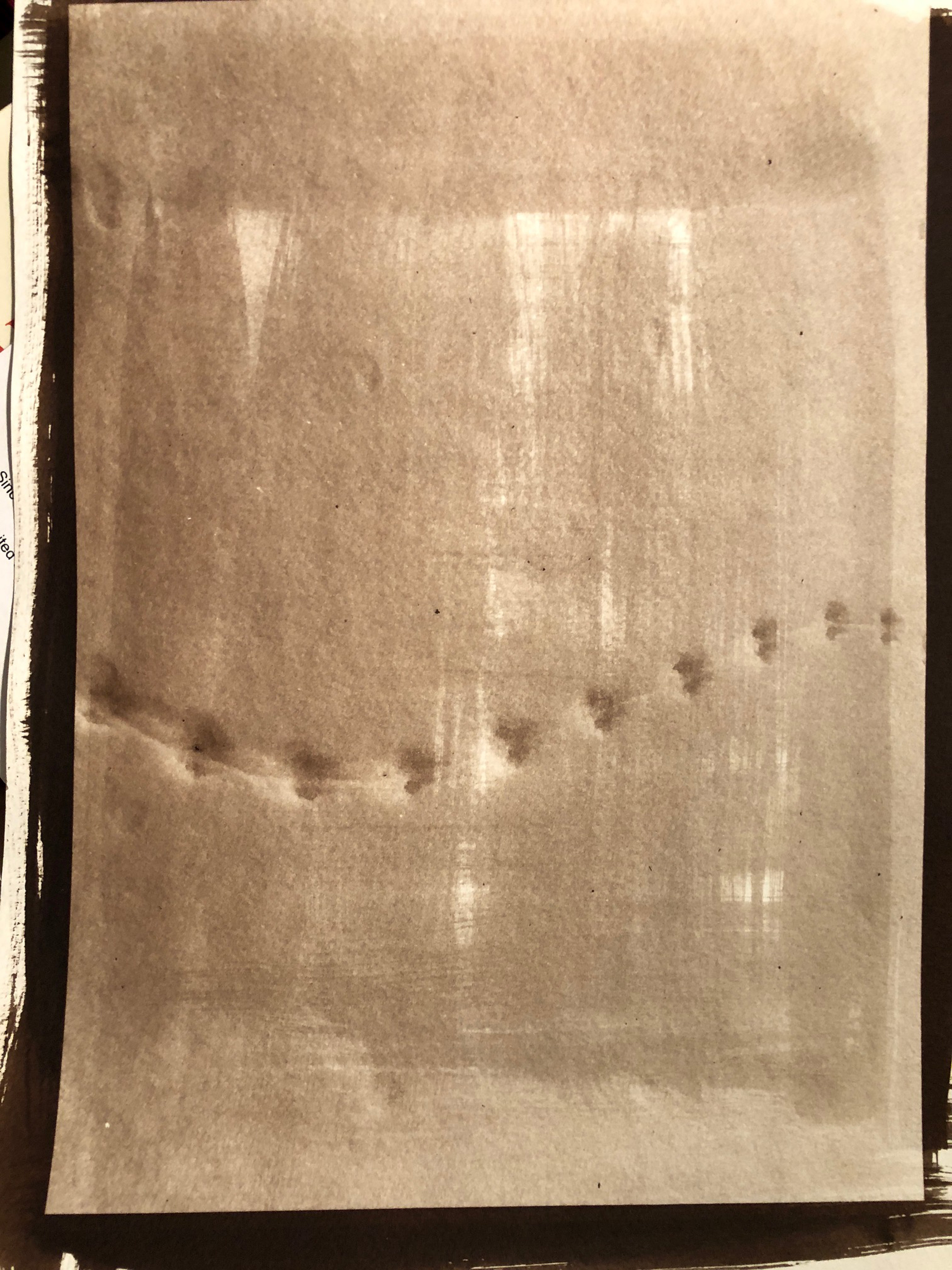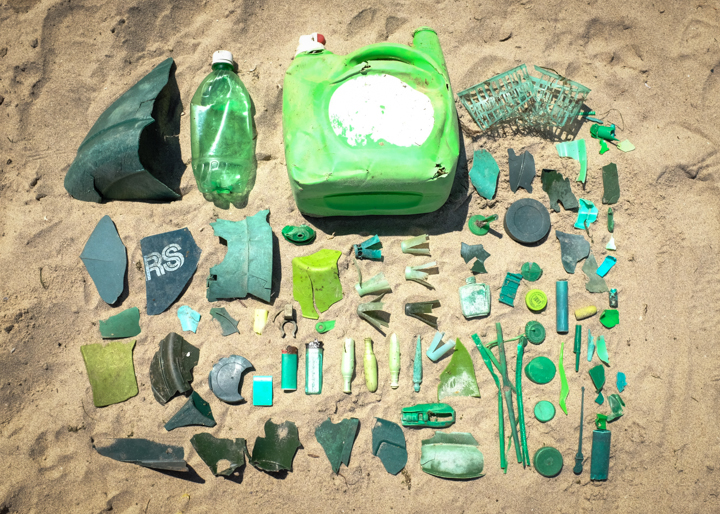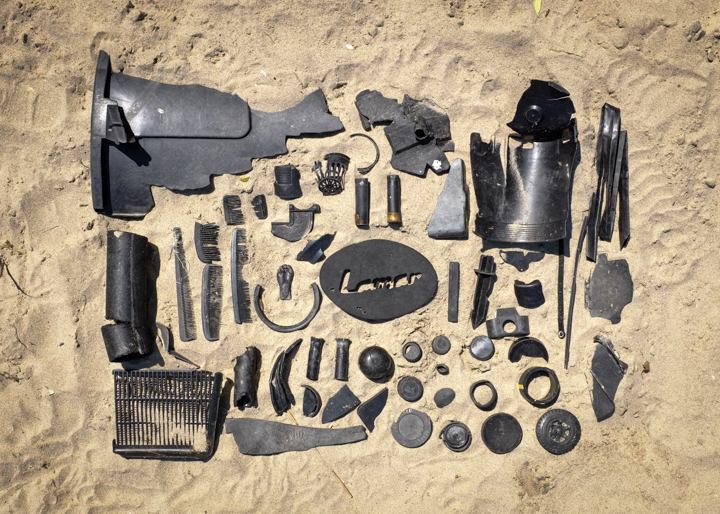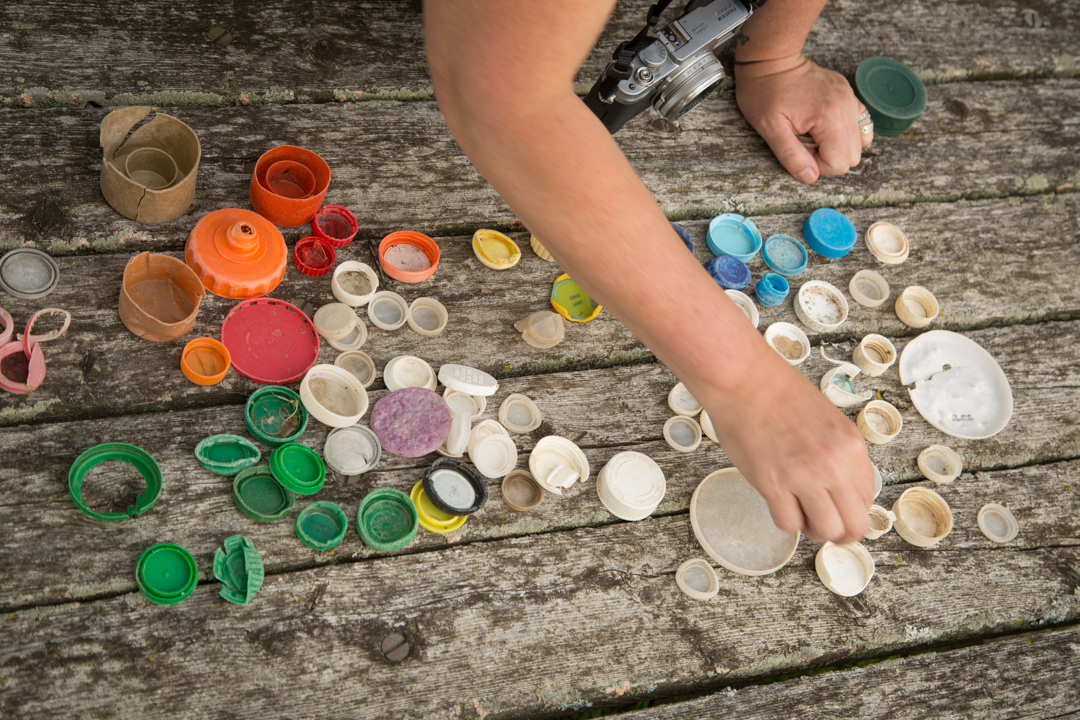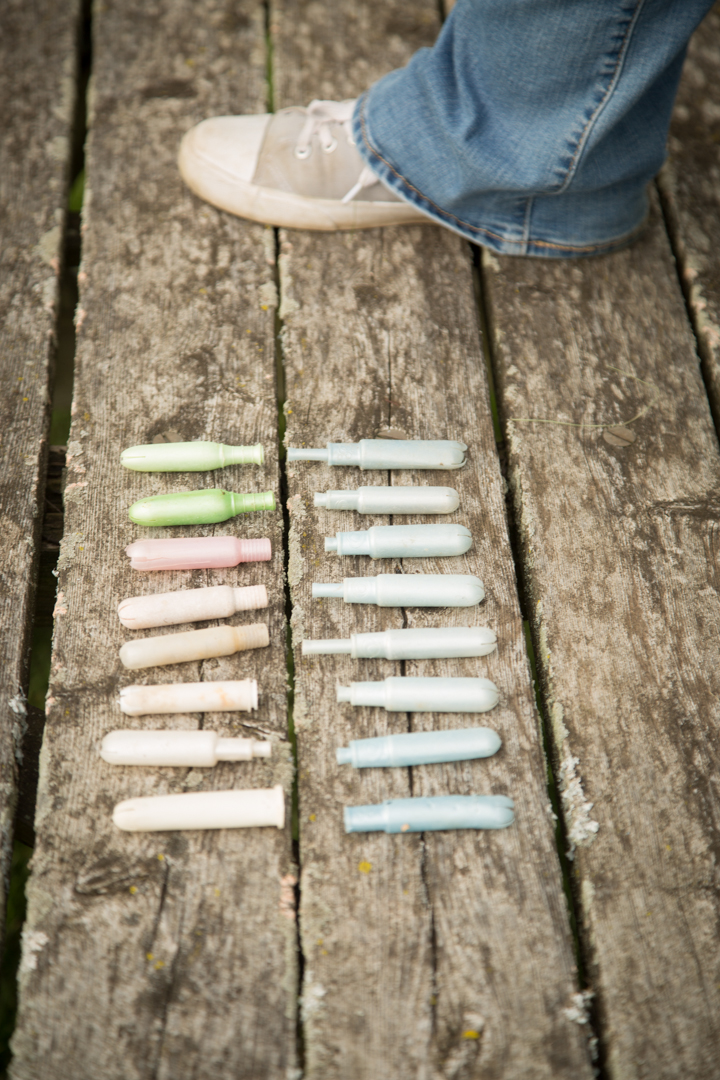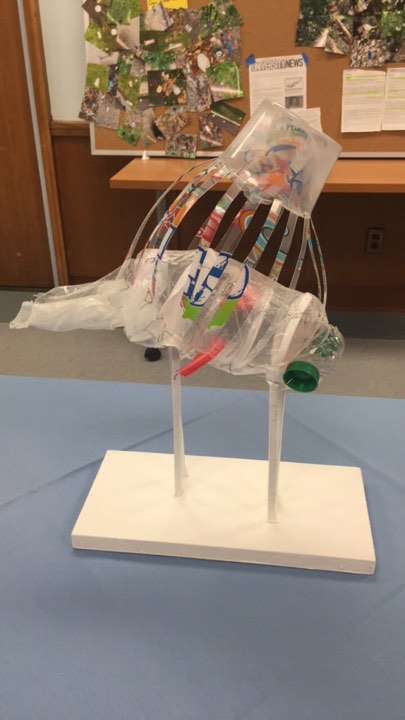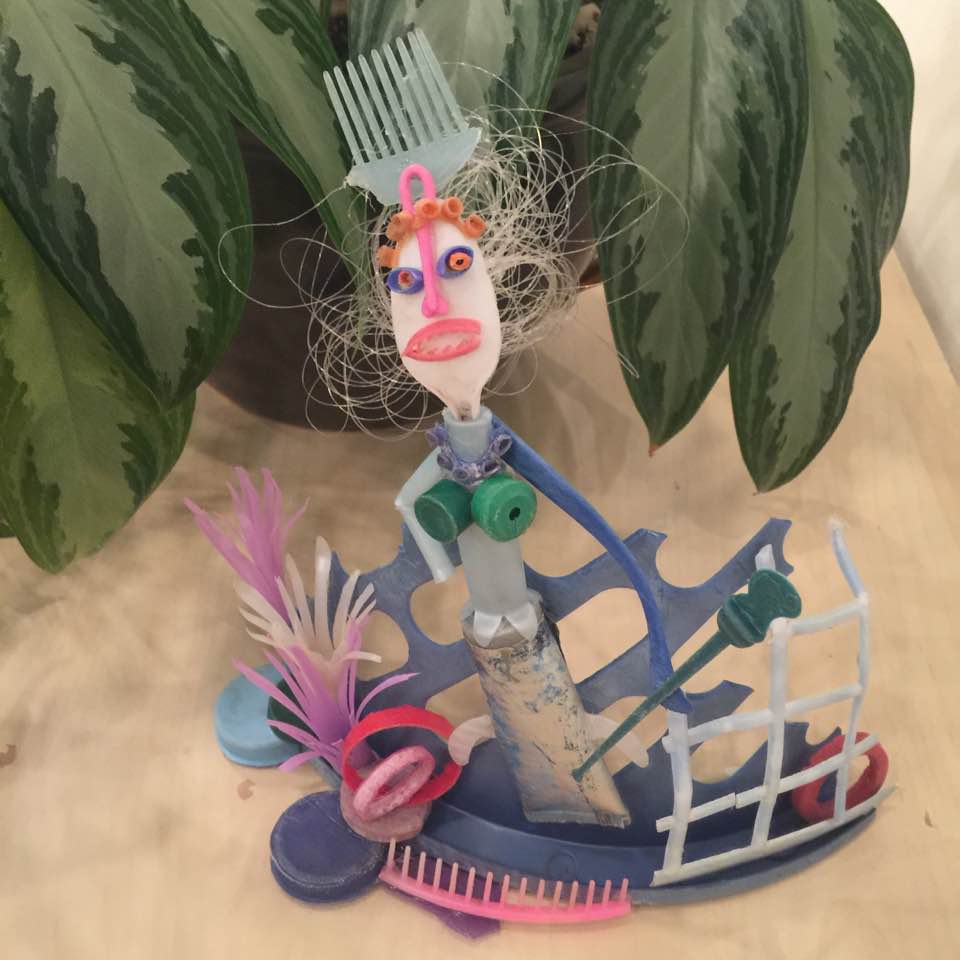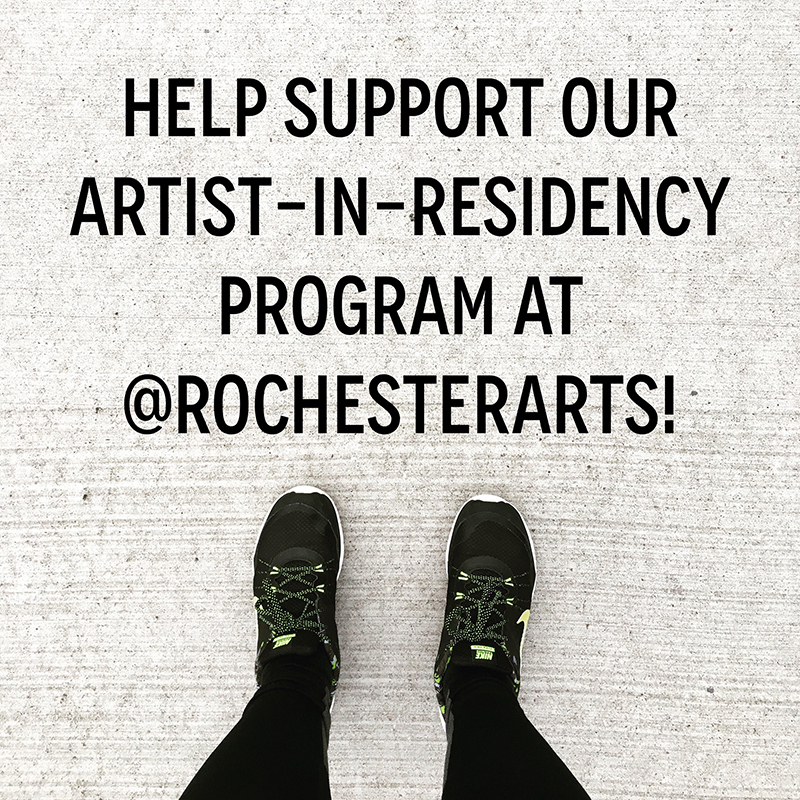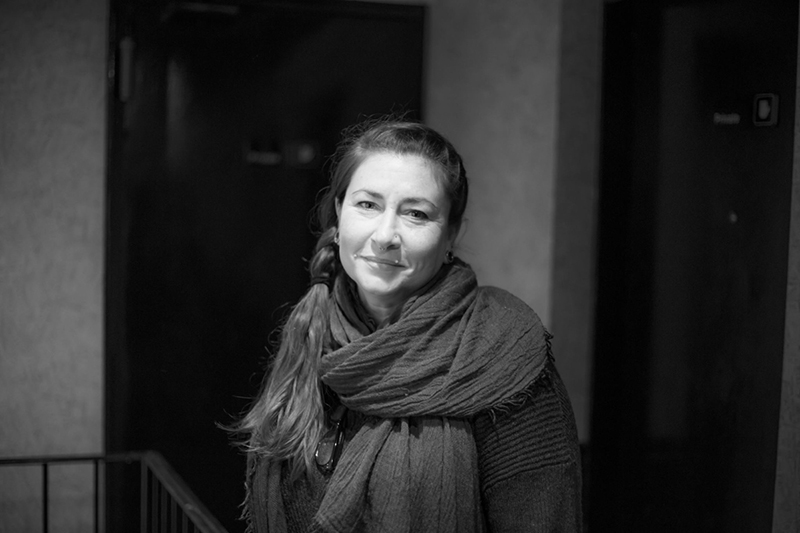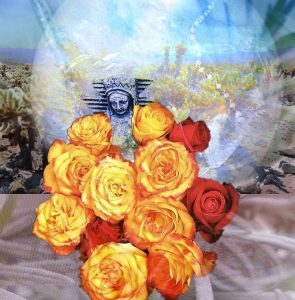
When beginning to look at something as dynamic as identity, it can be challenging to know where to begin.
Who am I?
What am I?
Why am I?
These sort of questions have always been of interest to me. I’ve studied Buddhism to Vedic Theology, Philosophy, Christianity, History, Society and Psychology, Critical Feminist Theory, Human Sexuality, Neuropathology.
I’m a seeker and a life-long learner.
Ultimately, I think I am interested in answers of harmony, expression, creativity, connection, personal accountability, wisdom, justice, and mystery.
For me, the use of the Archetype acts as a container for capturing an ongoing evolution into multidimensional awareness of being and becoming. I seek to encounter a wholeness of self/ Self-understanding.
I like this concept of self because it has two layers. You are a ‘self’ with a small ‘s’: this is your ego, your personality, your human identity. Then, without fail you are also a Self with a capital ‘S’: an exalted, pure and ever-connected Self that is Source or Consciousness seeking awareness of itself through your individual process. This concept of self as an individual and collective polarity seeking harmony through recognition is foundational to the works of C.G. Jung, Kashmir Shaivism, Yoga, and countless other teachings.
In Short: I am a self seeking Self.
This is both an internal as well as an external experience. And these facets influence one another constantly. We are porous to our surroundings and our surroundings porous to us.
The body of work and teachings that will develop during this residency will focus directly on this personal relationship with my self/Self-development as I nurture it with awareness.
I want to take a moment to discuss the significance of the term Archetype as well, as it is a foundational concept that will be guiding much of my creative research.
There once were two Western Psychoanalyst, their names were Sigmund Freud and Carl Gustav Jung. In the beginning, these men were cohorts, collaborating on the emerging field of Psychology and Psychoanalysis or the study of human mind and emotion. Their paths ultimately diverged at the topic of what Jung termed “The Collective Unconscious.” Freud dismissed the work of dreams, symbols and automatic writings as junk or excess of the conscious mind. Carl, on the other hand, sought deeper understanding. He studied mysticism, eastern philosophy, cultural mythology and kept a brilliant journal of his own dreams and symbols. The general understanding of the Archetype as we know it today comes from C.G. Jung’s preliminary work in this field.
An Archetype is a recurring expression of human virtue found in cultural mythology and literature. An Archetype is a quintessence of a particular set of character traits which are inherently subject to flaw and scrutiny.
What’s important about Archetypes is they can shape our understanding of ourselves without our conscious knowledge or consent and/or they can serve as a map for personal growth and self-knowledge. Idealized Archetypes might cause us to fragment ourselves into specific categories of social acceptability without questioning the validity or reality of the Ideal.
For example, a contemporary Archetype dichotomy is the virgin/whore. The virgin is sort of like the girl next door type: pious, virtuous, loyal and good wife material. The whore is a woman who enjoys sex for the sake of pleasure, dresses sensually, maybe uses lewd language. Up until recently it goes without saying which of these categories is idealized in a patriarchy and such idealism gives rise to slut shaming, victim blaming and rape culture. Women that dress and act a certain way are in some way asking for violence.
As a woman, this sort of cultural mythology has played itself out in my personal choices about how to act, dress and behave to remain safe, even if simply in terms of social harassment and exploitation. This has also affected the way I have categorized other people and their worth and how or whether I interact with them.
The influence of a cultural Archetype thus has far-reaching effects on the habits and emotions of human society.
Some Archetypes I will be engaging are collected from Traditional Jungian Psychology, Goddess Mythology, and Current Cultural Milieu. The Queen, the Mother, the Lover, the Old Woman, The Creator, The Destroyer, Drag, Mother Earth, the Witch, the Martyr, the Wolf Woman, the Shamaness, The Spiritual White Woman and the Cyborg.
If you’re interested in learning more or if you want to add to the conversation consider attending one of my courses at Flower City Arts. The first one, Superheroes, Archetypes and Idols, starts next Thursday, July 12 and runs for 6 weeks. We’ll talk further about reclaiming feminine archetypes and femininity through Archetype work and self-portraiture.
**Pictured: She Blooms in the Desert, 2016 a collaborative piece addressing symbols, connection, and ritual in everyday objects. The Art of Ritual.
